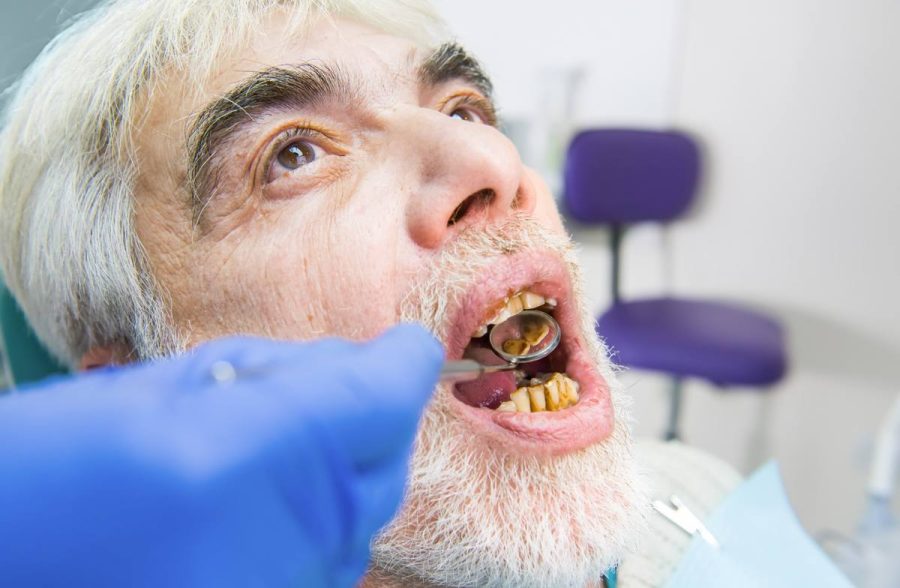For many, a broken tooth goes beyond a mere dental issue—it’s a visible sign that can affect one’s confidence and self-esteem. Whether caused by a sporting injury, a fall, or simply biting into something too hard, a broken tooth is considered a dental emergency, necessitating immediate care and restoration. Fortunately, the field of modern dentistry offers a wide variety of solutions to repair and restore your smile.
Understanding the Causes of Broken Teeth
Before delving into the solutions, it’s important to understand why and how teeth break or chip. It may be due to:
- Trauma: This includes accidents, falls, and blows to the face.
- Biting Down on Hard Objects: This can crack or break the tooth.
- Cavity Weakness: Untreated cavities can weaken the tooth’s structure and lead to breakage.
- Weakened Enamel: This could be a result of ongoing issues such as acidic foods, teeth grinding, or heavy wear and tear.
These common scenarios can lead to discomfort, a jagged tooth edge, or even a tooth completely knocked out in severe cases.

The Options for Broken Tooth Repair
When you present at Mason Square Dental with a broken tooth, you may have several viable options for dental repair available to you.
Some of the most common dental treatments for broken teeth include:
Bonded Filling/Composite Resin restoration
If the break is relatively minor and doesn’t expose the tooth’s pulp, a filling can be sufficient. The dentist will remove the decayed or damaged portion of the tooth and fill the area with a tooth-coloured resin material (a durable plastic material). This is applied to the tooth and hardened with a special light. This ultimately ‘bonds’ the material to the tooth to restore or improve a person’s smile, as well as function of the tooth.
Crown
A dental crown is a type of cap that covers the damaged tooth. It is used to restore the shape, strength, and appearance of a tooth that has a large filling or has been broken. Crowns are custom-made to ensure they blend in with the rest of your teeth and can be made from various materials, including porcelain, metal, or a combination of both.
Veneers
Veneers are custom-made shells crafted from tooth-coloured materials, usually porcelain. They cover the front side of the tooth to improve its appearance. Veneers are a more conservative option than crowns and can correct a number of dental issues, including broken tooth repair.
Dental Implant
For a tooth so badly broken that it needs to be extracted, a dental implant may be necessary. This procedure involves surgically placing a metal post or frame into the jawbone beneath the gums. This acts as a root for the replacement tooth (crown) which is then mounted onto it.
Root Canal
In the case of a severe break or crack in the tooth, the dental pulp (the soft tissue inside the tooth) may become infected. A root canal treatment involves the removal of the infected pulp, cleaning and shaping the root canals, and then placing a crown to protect and restore the tooth.
Dental Sealants
Sealants are typically used to protect teeth from decay. However, in the case of a broken tooth, a dental sealant can help to fill in pits and grooves, preventing bacteria from causing further damage.
In all cases, the specific treatment option will depend on the severity of the break, your overall dental health, and aesthetic preferences.
What to Do When You Break a Tooth
If you break or chip a tooth, it’s important to act quickly to mitigate any pain or damage. Here are the steps to take:
- Contact Mason Square Dental immediately. Even if the break seems minor or you’re not in immediate pain, prompt professional care is crucial.
- Save any pieces of the tooth. If the tooth has broken into pieces, keep them in a glass of milk or a moist cloth. This can sometimes allow the dentist to bond the pieces back together.
- Rinse your mouth with warm water. This will help to keep the area clean and prevent infection.
- Apply a cold pack. Pressing a cold compress on the outside of the mouth can help reduce any swelling if needed.
The Path to Recovery
Recovery from a broken tooth often involves more than just the initial treatment. Follow-up care, such as adjustments to dental work to ensure comfort and function, may be necessary. It’s also important to maintain good oral hygiene and attend regular dental check-ups to prevent future issues and ensure the longevity of any dental restorations.
Conclusion
A broken tooth can feel like a devastating event, but with the help of modern dentistry, it’s often possible to repair the damage and restore your smile. By understanding the options and being prepared to act, you can navigate this common dental problem with confidence and ease.
Remember, the most important step is seeking professional assistance as soon as possible to prevent any complications and ensure the best possible outcome for your dental health.


